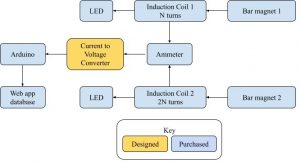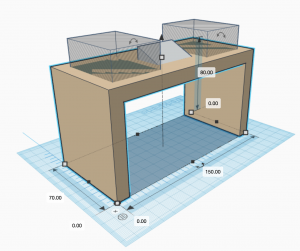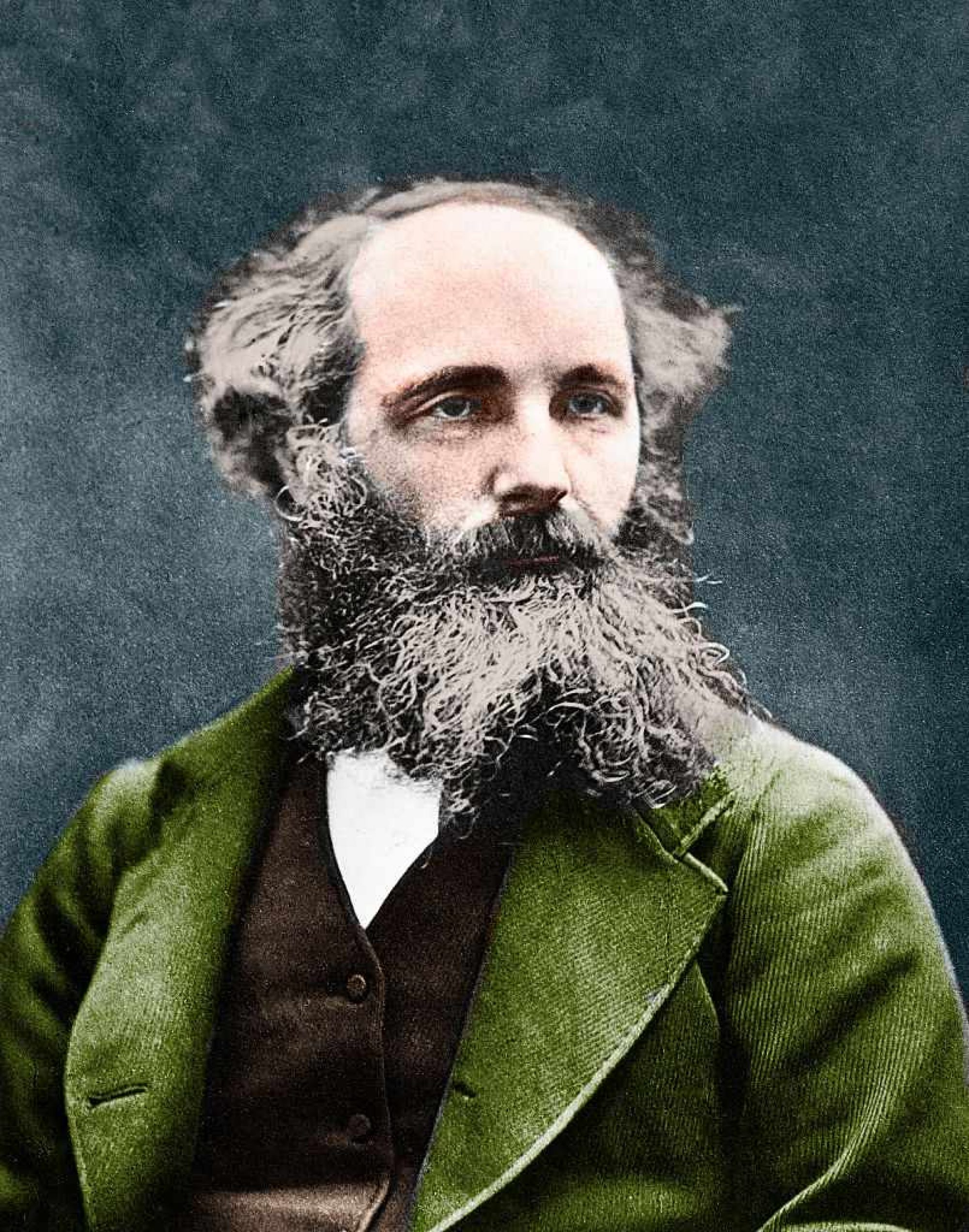This week I mainly worked on designing the Faraday’s law experiment, and making the design review presentation.
Faraday’s Law Experiment
I decided that a simpler, more straightforward experiment would be more instructive for students than a complex demonstration. Therefore, instead of proceeding with the design of a Faraday disk generator, I opted to design an experiment involving changing the magnetic flux through an induction coil by moving a bar magnet through it (shown below). I believe the linear motion of the magnet can be more easily understood than the circular motion of a Faraday disk, but nonetheless captures the essence of Faraday’s law. Moreover, by showcasing two induction coils with different number of turns, we can also demonstrate the key concept that the induced electromotive force is directly proportional to the total number of turns. Furthermore, the induced voltage likely can turn on an LED, which can make the experiment more engaging, whereas the voltage generated by a Faraday disk is probably too small to do so.

I then made a block diagram for the design, shown below.

ECE Courses
To develop this design, I relied on my knowledge about analog circuits (18-220) and electromagnetism, especially Faraday’s law (18-300).
3D Model of the Booth
After discussing with Mudit and Aaron about the design of the booth, I used TinkerCAD to create a 3D illustrative model to be used in the design review presentation, shown below. Essentially, there are two transparent cases housing the experiments and circuitry on a table, and there is a touch-screen display in the middle that would show the web app. The user would be able to see how the experiments are constructed, and interact with the experiment by sliding a magnet or flipping a switch, etc.

Overall, I believe I am on schedule. Next week I plan to order the parts needed for the Faraday’s law experiment (induction coil, magnet, etc), and build a demo circuit on a breadboard to determine its viability. I will also discuss with Mudit and Aaron about transmitting measured voltages locally from the sensors to the web app.
